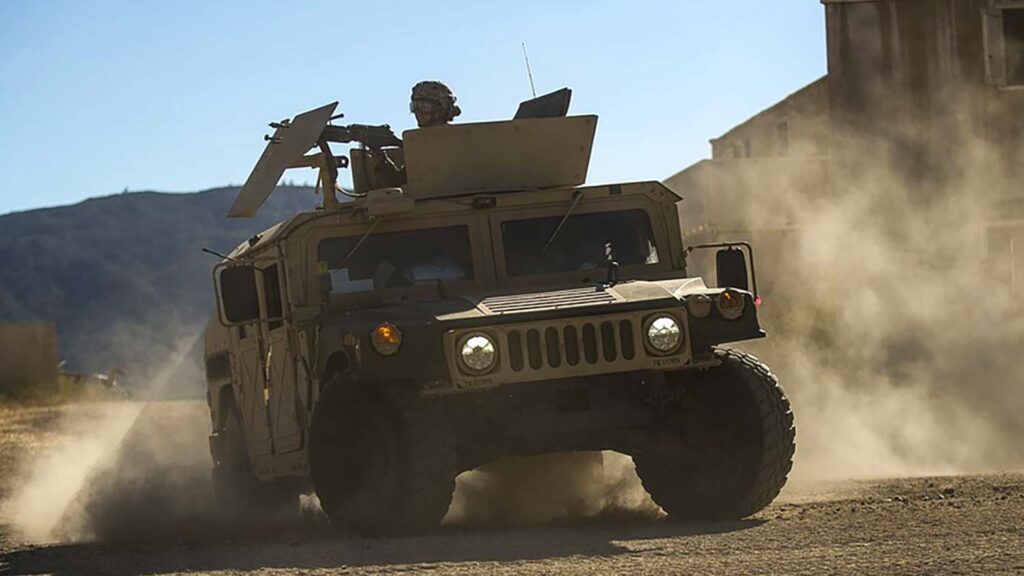ASTRO – The Applied Science & Technology Research Organization – has announced it has been selected to manage a new US Army 3D printing initiative for its combat vehicles.
Known as the Jointless Hull Project, the project aims to provide improved production speeds, reduced production costs, reduced vehicle weight, and greater performance for the undersides of US Army vehicles.
“The mission is to develop a large-scale tool capable of producing single, jointless combat vehicle hulls at a near net size of 30ft x 20ft x 12 ft in size,” said ASTRO principle investigator Larry Holmes.
“Additive manufacturing at a massive scale holds the potential to transform the way vehicles are built for the military while reducing supply chain fragility.”
Monolithic hulls for combat vehicles have some well-established advantages – especially in survivability and weight savings – but traditional manufacturing processes are not cost-effective or adaptable to full production, especially when multiple vehicle platforms are put into play.
ASTRO America is a nonprofit organisation that advances Defense R&D to transition meaningful manufacturing technology into production via federally sponsored contracting, cooperative research, and other transactions.
The Jointless Hull Project is being contracted through LIFT, the Detroit-based, Department of Defense-supported national manufacturing innovation institute while the Michigan-based U.S. Army Combat Capabilities Development Command Ground Vehicle Systems Center, Ground Vehicle System Center (DEVCOM GVSC) is directing the technical program.
The Army’s Rock Island Arsenal – Joint Manufacturing Technology Center is also a key partner on this project and will ultimately serve as the location for the operation of the new additive manufacturing platform.
“This is not a research project for either hardware, software or materials. This is a direct implementation project where we scale existing, but advanced methodologies to the required hull-scale size,” said ASTRO executive director Jason Gorey.






